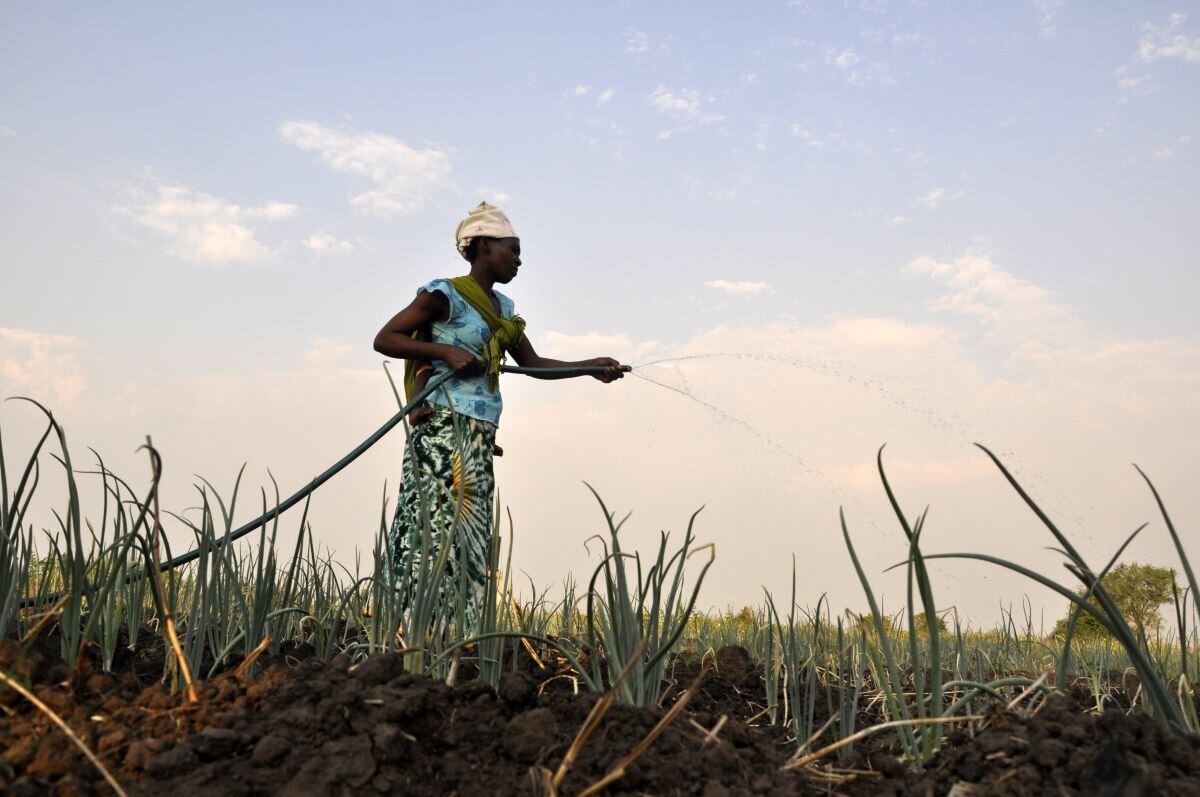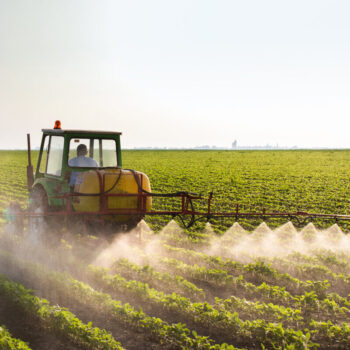COP27 is a key step towards closing the $1.7bn annual gap in funding for climate-resilient agriculture in Africa and the Middle East. That is the message from the recent London Climate Action Week event Building and financing agriculture and food systems in Africa. Speakers at the event shared their views on what needs to be done ahead of, and at, COP27.
The event was part of a wider campaign to improve the quantity and quality of finance for research, development and innovation for agriculture adaptation in Africa. Additional funding is needed to help farmers adapt to increasing climate impacts, and ensure we meet Sustainable Development Goal 2 – zero hunger.
Converging crises including climate impacts, conflict, COVID-19 and skyrocketing food and fuel prices, add urgency. They threaten to further disrupt an already fundamentally broken global food system and catapult an estimated 49 million people into famine. The required actions identified for Africa also apply to other regions facing food insecurity, notably Asia and the Middle East.
Key messages
Kicking off the discussion was Dr. Yemi Akinbamijo (Forum for Agricultural Research in Africa), who introduced the African Climate Smart Agriculture (ACSA) Framework and accompanying roadmap. The ACSA Framework was developed to support the African Union Climate Change Strategy. It aims to both support the mitigation of agricultural emissions and help meet the challenges posed by a changing climate.
Food and nature are closely interlinked. Dr. Susan Chomba (WRI Africa) emphasised how investment in regenerative agricultural practices boosts soil productivity, in turn bolstering sustainable food production and resilient food systems. Addressing food waste is also crucial. In Africa, around $40bn worth of food is lost or wasted every year. Minimising waste can help improve access to affordable and nutritious food and reduce the pressure on land and other natural resources needed to achieve food security. Trade within the continent and movement of goods from areas of surplus to areas of shortage is also necessary to improve access to food.
Governments also play a key role in accelerating the transition to more sustainable and resilient agri-food systems. Andrew Mude (AfDB) emphasised that governments need to include dedicated food system indicators in revisions to Nationally Determined Contributions (NDCs) and National Adaptation Plans (NAPs). Wider government efforts should channel public support towards sustainable agri-food systems and explore how public support can help stimulate private sector investment to support adaptation for smallholder farmers.
Ann Vaughan (USAID) reflected on President Biden’s recent announcement of $2.67 billion in additional US government funding to address food insecurity in the short term. She flagged the expansion of the Feed the Future programme, extending support for climate-smart agriculture to an additional seven countries across Africa. Vaughan closed by calling for civil society organisations and research institutes to engage with the Agricultural Innovation Mission for Climate (AIM4C). She encouraged them to submit proposals for ‘innovation sprints’ on topics related to smallholder farmers in low- and middle-income countries, methane reduction, emerging technologies and agroecological research.
What expectations were set for COP27?
- Countries to bring enhanced NDCs and NAPs, including specific food systems indicators (where not already included).
- Agreement on swift action to turn commitments made at COP26 into concrete implementation plans, underpinned by dedicated finance packages and accompanied by robust, ongoing monitoring and evaluation systems.
- Finance providers to channel funding to initiatives that support the transition to climate-smart agricultural practices and food production, such as AIM4C.
What does it take to get there?
- Improved collection and publication of disaggregated data on agri-food systems. This will help close the information gap in low- and middle-income countries, inform national transformation pathways to climate-resilient agriculture, and identify where additional finance can best support this transformation.
- Governments to explore how existing public support to agriculture can help encourage additional private sector investment for research, innovation and development at the local level.
- Continued pressure from civil society on governments and finance providers to deliver on climate finance commitments. This includes dedicating existing and new climate finance to adaptation efforts as well as mitigation.
Supporting climate-resilient agriculture will be key to addressing the climate and food crises. Improved data and information, better public and private finance flows, and stronger trade and international cooperation links, are the means to make it happen. COP27 is a key venue to turn this into reality.


